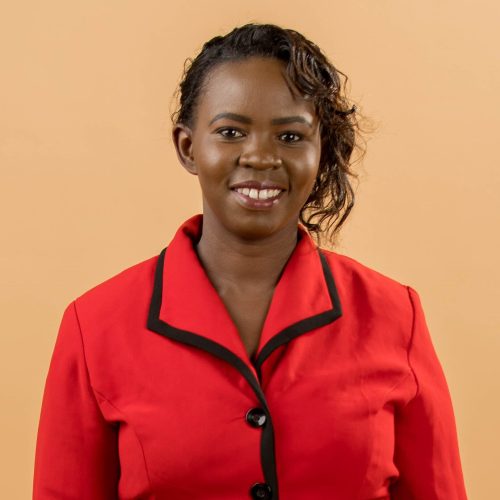Writer
Nation Media Group
In Sharm el-Sheikh, Egypt
Kenya’s indigenous and forest-dwelling communities may not have a direct opportunity to voice their agenda at the COP27 summit in Sharm el-Sheikh in Egypt.
The hunter-gatherers such as Ogiek, Sengwer, Yaaku Waata and Sanya, and pastoralists like Endorois, Turkana, Maasai and Samburus may not even be following the proceeding of the two weeks conference that has galvanised more than 120 powerful leaders to tackle the climate change crisis.
Interestingly, not even the high-powered Kenyan delegation has representatives of the indigenous communities.
However, their efforts to save the ancestral forests should raise ambitions as donors at the COP27 meeting say they are on track with the Glasgow pledge to meet their annual funding levels and help the indigenous forest conservation efforts and stop the plundering.
During the high-level segment at COP27, the donors behind the Indigenous Peoples’ and Local Communities (IPLC) pledge, presented their progress towards meeting the $1.7billion (Sh207 billion) commitment by 2025, as promised in Glasgow last year.
Pledged countries
Five countries namely the Federal Republic of Germany, Kingdom of Norway, Kingdom of the Netherlands, United Kingdom of Great Britain and Northern Ireland and the United States of America and 18 philanthropic institutions, chaired by the UK and Ford Foundation, committed to this landmark pledge at COP26.
This new level of recognition of the role indigenous people and local communities play in addressing the climate and nature crises by protecting and maintaining the worlds remaining rainforests has given hope to indigenous people in Kenya.
“This is a very welcome move and shows that the work done and advocacy efforts by indigenous people are being recognised at the global level,” said Mr Joseph Towett, the Ogiek Council of Elders chairman.
He added: “This is a major win for the Ogiek community. We hope to remain steadfast in protecting the Mau forest and other forests in Kenya and the government should also support our efforts instead of waiting for the donors to make the first move.”
The donor progress report finds that they are meeting the target; meaning they disbursed close to one-fifth of the total amount in 2021, the first year of the five-year pledge.
“While it is good to see that the donors are meeting their commitment, their report shows that they were already meeting the level of annual funding they promised when the pledge was made. This makes it very clear that the pledge is not ambitious enough,” said Toerris Jaeger, executive director of Rainforest Foundation Norway.
He challenged the donors to raise their ambitions.
“Donors should set a new target that mirrors the need and urgency of protecting rainforests and supporting indigenous people and local communities,” said Mr Jaeger.
At least 36 per cent of key biodiversity areas globally are found on land claimed by indigenous people and local communities, along with at least 25 per cent of the above-ground carbon stored in tropical forests.
Research has shown that forests managed by indigenous people have lower deforestation and support more biodiversity than other protected areas.
A 2021 report by Rainforest Foundation Norway showed that less than 1 per cent of official climate aid goes to support forest management and tenure rights for IPLCs, leaving efforts to advance their tenure and conservation underfunded.
The foundation recognises that the mobilisation to support the pledge brought in new donors and more money so that the total amount of funding for IPLC land rights and forest management increased in 2021.
Recognition
Climate experts say more support is needed and it’s the experience of indigenous people in the forests that should be made better. The progress report admits that a minimal share, only 7 per cent of the funding, goes directly to the organisations of indigenous peoples and local communities, with administrative barriers and capacity constraints limiting direct access to funding.
“We are glad to see that the donors recognise that the current funding is not fit for purpose and thereby not benefiting indigenous and local communities as much as it could. We expect donors to intensify their work on improving this. IPLCs have made considerable investments in building capacity and structures to handle donor funding and are now waiting for the donors to support this,” says Mr Jaeger.
fmureithi@ke.nationmedia.com







